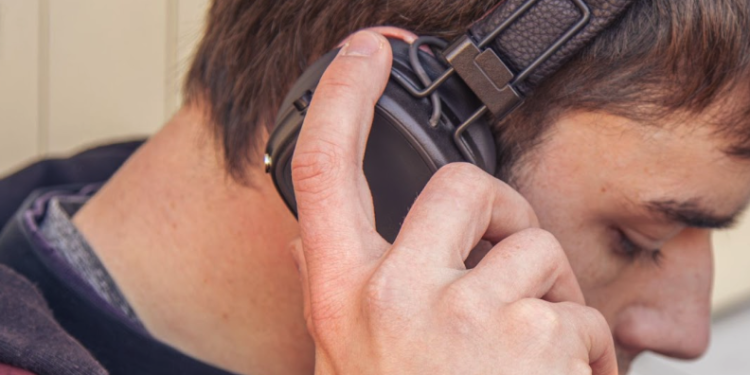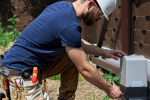Balancing comfort protection and clear comms in noisy cockpits

Introduction
Balancing comfort, protection, and clear communications is the everyday juggling act in a busy cockpit. You need protection that reduces steady engine hum and protects hearing, but you also need to hear critical callouts without asking for repeats. Comfort keeps people wearing protection for long periods, and clarity keeps the flight safe. The practical solution is not one-size-fits-all; it is about pairing the right product with good procedures.
Start with profile-matched protection
Noise in a cockpit is particular: sustained engine noise with bursts of radio traffic. Choosing the best earplugs for aircraft noise means selecting products designed for those specific frequencies so they reduce the constant low-end hum while preserving speech bands. When protection matches the noise profile, you can lower headset gain without losing intelligibility, and that alone reduces long-term exposure.
Comfort drives compliance
People wear what feels good. If protection becomes painful after a few hours, crews remove it and the entire protection plan fails. Comfortable plugs use soft materials and shapes that distribute pressure, so crews can keep them in for long shifts. When comfort is high, using the best aviation earplugs turns into an unspoken habit rather than a chore, which improves both protection and communication over the long run.
Layering for both protection and speech clarity
A layered approach solves competing needs. Passive earplugs reduce the baseline noise, and an active or passive headset addresses peaks and improves the signal-to-noise ratio for voice. This pairing lets you preserve communication quality while keeping the overall acoustic load lower. Pilots report fewer repeats and clearer callouts when the right plug and headset are used together.
Fit and headset compatibility
Fit is the practical issue that affects both comfort and clarity. Poorly seated plugs leak and force crews to increase volume. If a plug creates pressure under headset cushions, it causes discomfort and distracts the crew. Testing combinations in real flight conditions instead of choosing by spec alone reveals which setups deliver the best day-to-day balance.
Training to make clarity routine
Simple cockpit habits improve clarity. Use clear phraseology, confirm critical readbacks, and keep routine announcements concise. Training that reinforces insertion checks and headset level monitoring reduces ambiguous transmissions. Combine these habits with the best earplugs for aircraft noise, and you lower the chance that communication suffers because of protection.
Maintenance and hygiene preserve performance
Comfort and clarity decline when plugs harden, get dirty, or lose elasticity. Clean reusable plugs and replace disposable tips on a schedule. A straightforward maintenance routine keeps the acoustic properties stable and reduces unexpected issues that force crews to improvise louder settings mid-flight.
Real-world trade-offs and choices
Every operation has trade-offs. If you fly short sectors where quick passenger interaction is constant, you might choose a different tip style than crews on long hauls. The key is trial and feedback. Let crews test recommended products in real conditions and select the ones that consistently deliver the right mix of comfort and speech preservation.
Conclusion
Balancing comfort, protection, and clear communications in noisy cockpits requires thoughtful pairing of gear and habits. Use protection designed for aircraft noise profiles, prioritize comfort to ensure compliance, layer solutions, and maintain equipment. Test combinations in real flights and train crews on insertion and comm protocols. When you do this, you get crews who both protect their hearing and keep comms crisp when it matters most.






